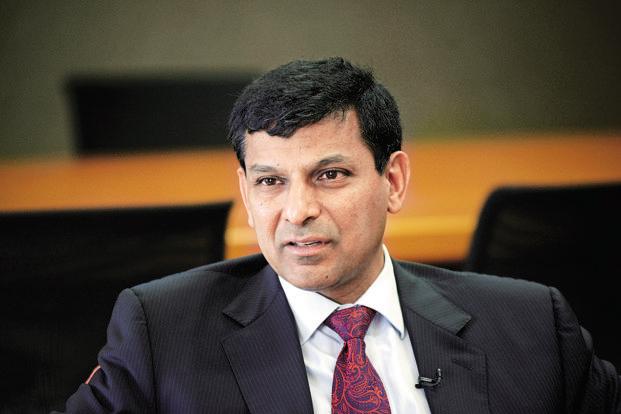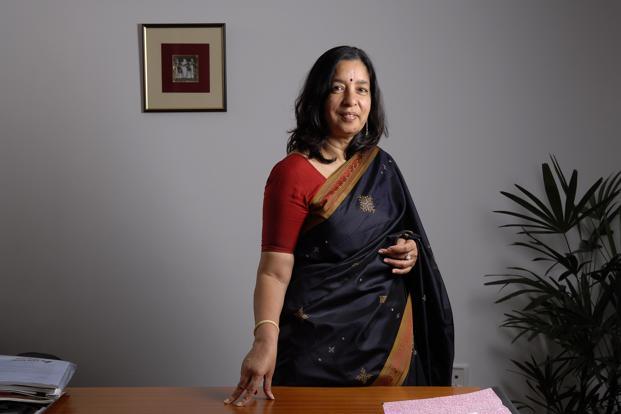Reserve Bank of India (RBI) governor Raghuram Rajan on Tuesday delivered what the market wanted—a quarter percentage point rate cut which brought the policy rate down to 7.25%—but the traders in both bond and equity markets rushed to sell.
Bond prices fell and yield rose as dealers who took positions anticipating a rate cut did not lose time in booking profits even as the stock market presented a different story. Weary of muted corporate earnings, the stock market was banking on an exaggerated expectation of a half-a-percentage point rate cut, accompanied by certain liquidity measures to increase money supply in the system. Since that did not happen, there was a massive sell off and the rate-sensitive stocks bore the brunt.
Frankly, there is nothing in the policy that could have surprised the market. RBI has cut the policy rate, and left banks’ cash reserve ratio (CRR), or the portion of deposits that commercial banks need to keep with the central bank, as well as the floor for banks’ investment in government bonds unchanged. Its guidance is neutral; future actions will depend on inflation data.
The downward revision in its estimate of growth in India’s gross domestic product (GDP) to 7.6% from 7.8% for fiscal year 2015-16 is also not something that has come out of the blue even though it is far below the government projection of 8.1-8.5%. The provisional GDP estimate of the Central Statistics Office, released last week, which showed that the Indian economy grew 7.3% in 2014-15, lower than the advance estimate of 7.4%, prepared the ground for this. In fact, economic growth in the second half of the year slowed to 7% from 7.6% in the first. Even while projecting a 7.8% economic growth for the current fiscal year in April, RBI had expressed a “downward bias” and the bias continues. The 7.8% April projection was contingent on normal monsoon, continuation of the cyclical upturn and supportive policy environment. Uncertainties over the trajectory of monsoon have played spoilsport.
The biggest concern of the Indian central bank is food inflation. The first blow to food inflation was dealt by the unseasonal rains in March that could lead to a 5% contraction in food grains production. The India Meteorological Department’s (IMD) latest estimate of a 12% below the long-period average (LPA) southwest monsoon will further complicate it.
Finally, the Australian Bureau of Meteorology’s confirmation of the onset of El Nino—the weather phenomenon that previously caused droughts in India—has made RBI wary. The combination of uncertainties over monsoon and crude prices as well as a volatile external environment have prompted RBI to underline the upside risks to its 6% inflation estimate by January 2016. Earlier, everyone was expecting that retail inflation would be around 5.5% by January, lower than the RBI estimate. Inflation will continue to be low till August by virtue of a favourable base effect but will rise thereafter. Apart from food and crude, the other contributing factor to the rise in inflation will be the hike in service tax from 12% to 14%, effective June.
If indeed the monsoon turns out to be deficient we have probably seen the bottom of inflation and hence the chances for a rate cut in future are slim but none can say that RBI’s stance is hawkish. On balance, it has taken a neutral stance and the next course of action will depend entirely on inflation and growth data.
RBI has lobbed the ball to the government’s court as a strong food policy will be the key to control inflation and inflationary expectations. In fact, the policy document has clearly said that “monetary easing can only create the enabling conditions for a fuller government policy thrust that hinges around a step-up in public investment. Only if the government is able to address the supply constraints, inflation can be curbed over the medium term and create room for RBI to act on the rate front.
There are two critical points to note here. First, the government must firm up a strategy to infuse capital in public sector banks that have a 70% market share in Indian banking industry. Saddled with pile of bad assets, most public banks are capital-starved and they need to shore up their capital base if they want to support the demand for credit when investment picks up. Second, the banks must pass on the benefit of rate cuts to their borrowers by paring their loan rates. This is the third rate cut since January. One can always argue that when the regulator caveats future rate cuts and shows its bias towards a neutral stance, it comes in the way of monetary transmission and kills commercial banks’ inclination to cut loan rates. But this logic does not hold water as after much persuasion by RBI, the banks have passed on roughly 15-20 basis points benefit to their borrowers while RBI has cut its policy rate by 75 basis points, including the latest cut. One basis point is one-hundredth of a percentage point.



